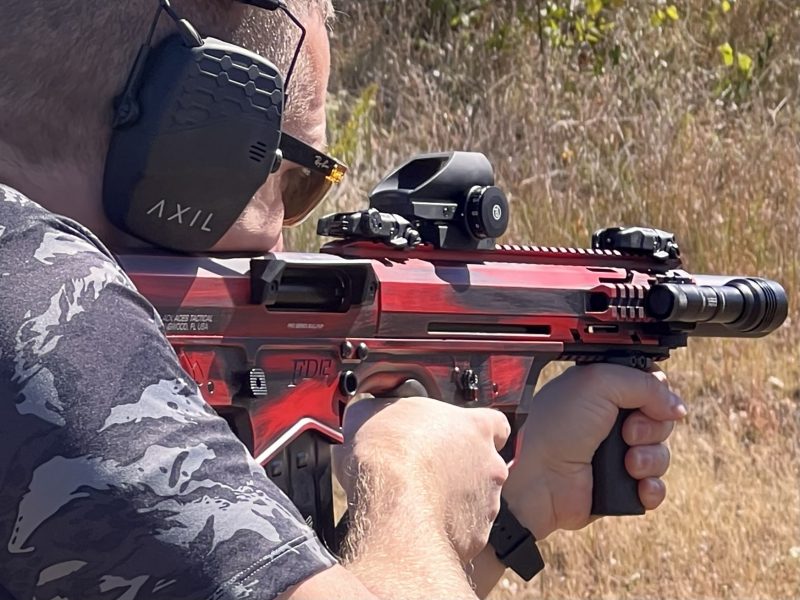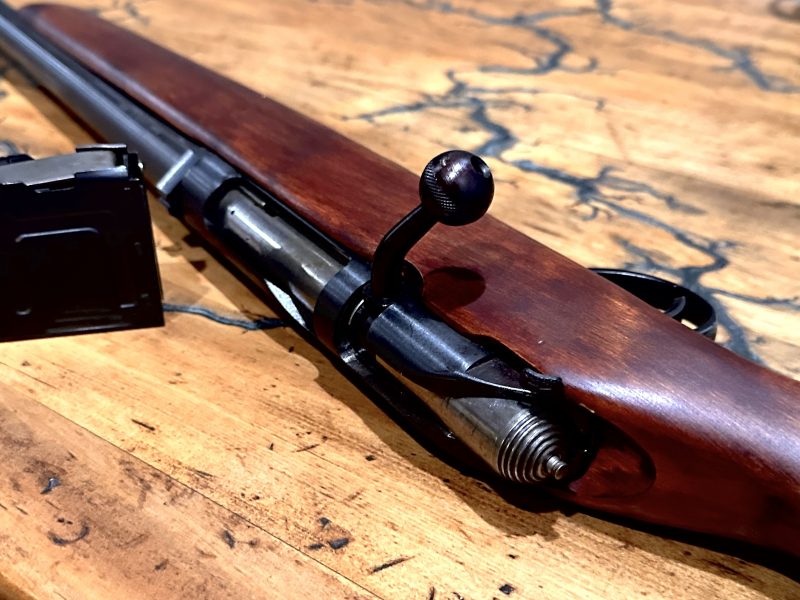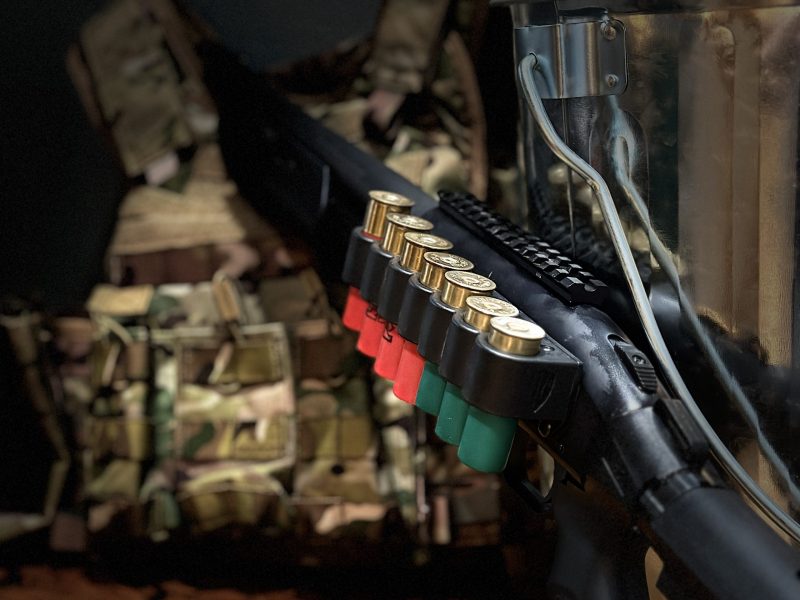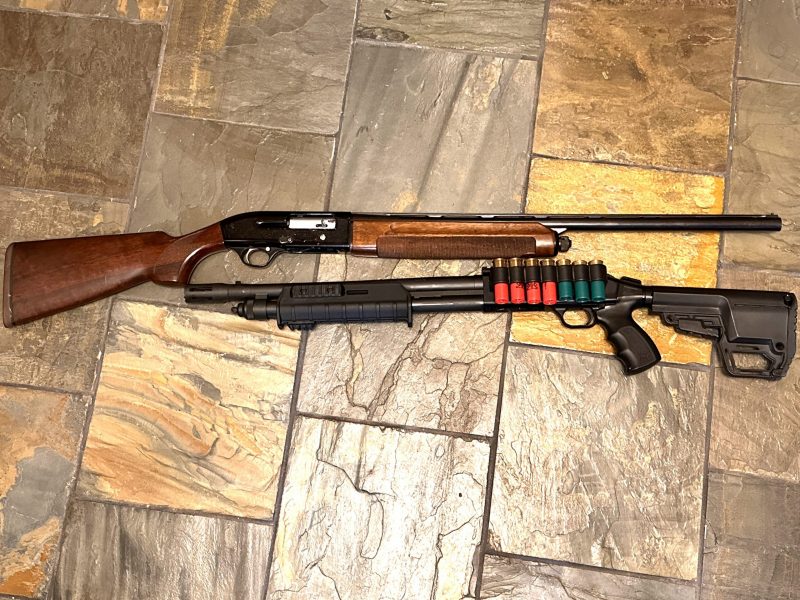Shotguns come in all shapes and sizes. The most common are .410, 20, and 12 gauge blasters. Having a shotgun is almost a requirement for owning firearms. But what makes a shotgun tactical? Is there a difference between a shotgun used for hunting and one used for self-defense? There is. And there are some very distinctive differences in shotguns that make them suited for different purposes.

Shotguns have been around for a long time, and they remain one of the most powerful close-range weapons you can buy at a reasonable price. The 12-gauge shotgun demands respect. The universal sound of a pump-action racking a shell into the chamber is known by all.
Some shotguns are made for the purpose of hunting or sports shooting. I have a Beretta A302 semi-auto 12 gauge that is awesome for clay pigeon shooting, but it’s not one I keep ready for home defense. It’s also not one I would consider tactical. So here, we will break down the differences and look at a few different types of shotguns out there.
Sporting/Hunting Shotguns
A shotgun that is used to hunt or in sporting events doesn’t have to be a specific length or style. In fact, many people hunt with a tactical shotgun. But not all shotguns are tactical and would not make the best self-defense weapons, especially within close-quarter areas like a home. This is mostly because of two main factors; barrel length and ammo capacity. Because of hunting regulations in many states, shotguns designed specifically for hunting intentionally hold little ammo. A pump shotgun may have a shorter tube or a plug that restricts the number of shells it can hold. A box-fed magazine shotgun may be short and only hold a few rounds.

Barrel length is also a very important factor when differentiating a tactical shotgun for self-defense and a hunting/sporting shotgun. If you ever train on clearing rooms or shooting targets in a confined area, it is hard to do with a 26–28-inch barrel. The longer barrels make shooting targets further out easier, but not so much for maneuvering around a home. That extra length makes it harder to clear corners and gives a home invader more opportunity to grab the barrel when they are close.
What is tactical?
Describing what a tactical weapon is can be a little complicated and debatable. In general, “tactical” refers to a physical object or an action used in battle. It does not always mean a shorter gun, a gun that is camo, or a gun that has so much stuff mounted to it that you can no longer see the gun. SWAT stands for Special Weapons and Tactics. With that phrase, the Tactics refers to how you use those special weapons.
The word tactical is thrown around so much it doesn’t have as much meaning as it once did. About half of the guns in every gun store will be designated as “tactical.” But in this article, we refer to a tactical shotgun as one that was designed to use for self-defense. With a shotgun, this will almost always include a shorter barrel and the ability to hold more shells.

To a sniper, a tactical gun may be a Barret M107 50BMG with a 29-inch barrel. For an entry team, a short compact weapon with a high-capacity mag that is easy, simple, and reliable is tactical. When considering shotguns for self-defense, there are some specific things that would make it “tactical” and some that are just personal preferences. What makes a shotgun tactical may change based on the need of the individual using it. For me, it’s reliability, ammo capacity, and size.
Barrel Length and Ammo Capacity
Just like long-range shooters have different expectations and requirements for tactical weapons, a homeowner looking to defend their castle does too. In this setting, which is closely confined areas, a weapon that can be used to search rooms and fired at close range is what we need. Shotguns can work great for this but here are some things we look for to make it better for self-defense. Barrel length is one of those. Because of NFA regulations, a shotgun must have a barrel length of 18 inches. A shorter barrel would be better for close ranges, but the government doesn’t think we need that. With an adjustable stock, however, it can still work. For an even shorter overall weapon, a bullpup-style shotgun is a great option. They have the required 18-inch barrel, but because of the design of the weapon, are much shorter overall.
Ammo capacity is the next consideration for self-defense or a “tactical” shotgun. It is hard to say how much ammo would be needed in a self-defense incident, but you sure don’t want to underestimate it. Won’t that be a bad day!
There isn’t really an ammo capacity that places a shotgun into that tactical-gun world, but it would be an ammo capacity on the higher end of the modern shotgun. Right now, that is extended tubes on traditional pump-action shotguns or multiple tubes on some of the new styles like the Kel-Tec KSG or the Standard Manufacturing DP-12 that can hold 16 shells. Those two alone can make or break a shotgun used for self-defense.

Summary
Shotguns are one of those weapons that can be customized and used for all kinds of things. They are powerful and can be great for self-defense. A variety of types and sizes of tactical shotguns is possible, but when used for self-defense, most will at least have shorter barrels and a higher-capacity magazine. If you want a light, add a light. If you want a sling, an optic, or a laser then add one. Just make sure there is a need for any attachment and that you train with it regularly.
When it comes to accessories, it really depends on what you are comfortable with and what is needed. A light could be beneficial on a shotgun, but it could also be something else for you to be fumbling with during a confrontation. Any gear added to the weapon needs to be something you train with to establish in your muscle memory. Just remember, sometimes the best tactical weapon is the most simple, reliable weapon without all the bells and whistles.


